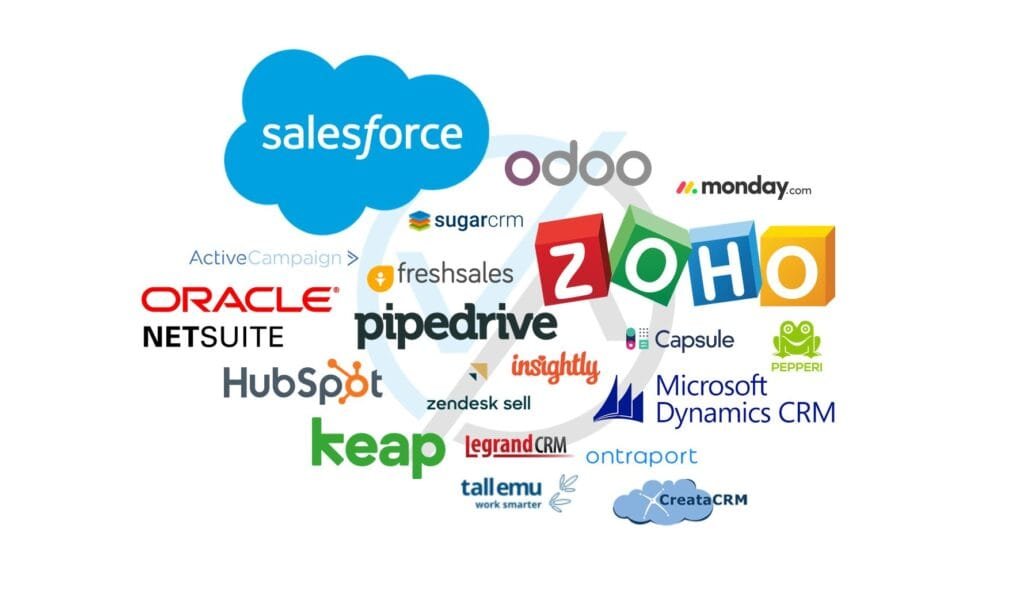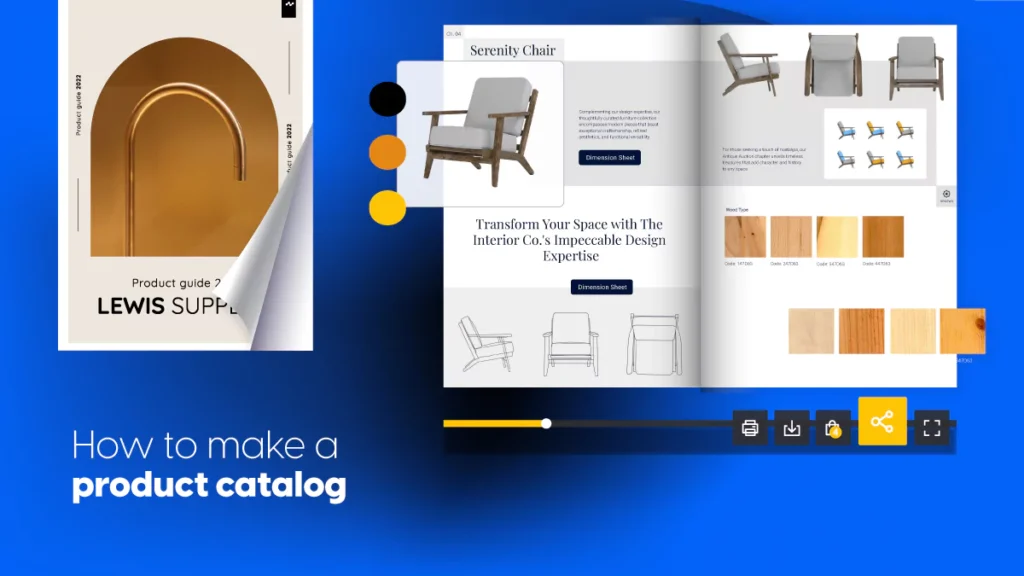In dropshipping, product research isn’t just a nice-to-have; it’s everything. Imagine setting up a beautiful online store, running killer ads, and still seeing no sales. That’s the painful reality for many who skip the most important step: finding the right product.
If you’re just starting, or even if you’ve been trying for a while without the traction you hoped for, you’re not alone. Many aspiring dropshippers make the mistake of guessing what might sell. But successful sellers don’t guess, they research.
This guide is your blueprint to doing product research for dropshipping that converts. It’s written in a clear, human-centered way to help you connect the dots emotionally, strategically, and financially.
Why Product Research Matters More Than You Think
1. Saves Time and Money
Launching a product that doesn’t sell is expensive. From ad spend to store setup, every bad decision costs you real dollars.
2. Boosts Conversion Rates
When you sell something that people already want, you don’t have to convince them; they’re already halfway there.
3. Gives You a Competitive Edge
With smart research, you can spot trends before they go mainstream and position yourself as an early leader.
4. Builds Trust and Brand Loyalty
Selling quality, desirable products reduces returns and complaints, keeping customers happy and coming back.
Key Impacts of Solid Product Research
Increased ROI on ads
Better reviews and word-of-mouth
Smoother supplier relationships
More confident decision-making
Step 1: Understand What Makes a Good Dropshipping Product
A “winning product” typically meets some or all of these criteria:
Solves a problem or fulfills a desire
Unique or hard to find in local stores
Has a wow factor or emotional appeal
Lightweight and easy to ship
Low cost with high perceived value
Not dominated by big brands
Example: A posture-correcting back brace solves a problem, is cheap to source, appeals emotionally, and is light to ship.
Step 2: Use Free and Paid Tools to Find Trending Products
TikTok and Instagram (Organic Trend Discovery)
Search hashtags like:
#TikTokMadeMeBuyIt
#AmazonFinds
#Unboxing
If a product appears in multiple viral videos with engaged comments, it’s a strong contender.
Real-world story: A student in Oregon found a magnetic phone charger trending on TikTok, added it to his Shopify store, and made over 30000 in a month.
AliExpress Dropshipping Center
Shows top-performing items, order trends, and supplier ratings
Filter by category, shipping origin, and more
Google Trends
Search for a product or category to validate long-term potential
Focus on upward trends rather than short-term spikes
Amazon Movers and Shakers
Tracks the biggest gainers in sales rank
Watch Home and Kitchen, Health and Personal Care, and Gadgets
Paid Tools Worth Considering
Sell The Trend
Niche Scraper
Ecomhunt
These tools combine data across platforms and help save time with curated product picks.
Step 3: Validate the Product’s Real Potential
Before adding the product to your store, validate it:
Check Order Volume: 1000+ recent orders is a green flag
Read Customer Reviews: Look for quality feedback and user images
Study the Competition: Analyze Google and Facebook to see market saturation
Look at Pricing Potential: Can you at least 3x the cost?
Example: Buy at 5, sell at 15 to 20.
Step 4: Spy on What’s Already Working
Use tools like:
Facebook Ad Library
TikTok Creative Center
AdSpy
Look at:
Ad duration (longer running = profitable)
Engagement levels
Comments with buying intent
Step 5: Niche Down and Think Long-Term
Instead of running a general store, focus on a niche. This builds brand authority.
Popular Niches in 2025:
Pet care
Wellness and self-care
Home organization
Fitness accessories
Tech gadgets
Emotional tip: Choose a niche you care about. It will show in your content and brand voice.
True story: A mom in Florida started a postpartum recovery store using products she personally used. Her authenticity attracted thousands of buyers.
Step 6: Use Social Proof to Test Interest
Before importing the product:
Create a demo TikTok or Instagram Reel
Use engagement as market feedback
You can also post a poll in Facebook Groups to measure interest.
Example: “Has anyone tried [PRODUCT]? Thinking about adding it to my store.”
Step 7: Test with a Low-Budget Ad Campaign
Start with 5 to 20 dollars per day on Facebook or TikTok ads. Track:
Click-through rate
Cost per purchase
Add-to-cart metrics
Hot Metric: CTR above 2 percent on TikTok is a strong indicator.
Step 8: Optimize the Product Listing
Your listing must be compelling:
High-quality images or real videos
Benefit-focused, emotional copy
Reviews and FAQs
Trust badges and secure checkout
Example Headline: “Finally, a Back Support Brace That Works Without Making You Look Like a Robot.”
Step 9: Work With Reliable Suppliers
Always place a test order. Assess:
Packaging quality
Delivery speed
Product quality
Trusted platforms:
Spocket
CJ Dropshipping
Zendrop
Emotional Triggers That Drive Purchases
Products that spark these emotions tend to convert better:
Curiosity
Hope
Fear of missing out
Social proof
Joy
Final Checklist for Picking Dropshipping Products That Sell
Ask yourself:
Problem-Solving Power
Does it solve a real problem or improve life?
Would someone feel relief finding this online?
Examples: Posture corrector, baby sleep aid, kitchen organizer
Emotional or Impulse Appeal
Does it evoke curiosity or joy?
Will someone buy it without overthinking?
Examples: Pet name necklaces, stress relief rings, personalized gifts
Market Demand and Trend Trajectory
Is there consistent demand across platforms?
Is it trending upward?
Check: Google Trends growth over time
Low Competition or Clear Differentiation
Can you offer better branding or faster shipping?
Are competitors missing something?
Tip: Read customer reviews to find areas for improvement
High Profit Margin Potential
Can you triple your cost price and stay affordable?
Does it have high perceived value?
Example: Buy at 5, sell at 20 to 30
Lightweight and Easy to Ship
Under 2 pounds
Not fragile, not oversized
Ideal: Avoid electronics, glass, and complex sizing
Visually Demonstrable in Ads
Can you explain it in 15 seconds or less?
Does it look impressive on camera?
Examples: Self-stirring mugs, LED gadgets, cleaning tools
Strong Social Proof Potential
Are people posting reviews and testimonials?
Will users create content?
Tip: Check for excited comments like “I need this.”
Evergreen or Seasonally Scalable
Can it sell year-round or during specific holidays?
Do you have a plan for seasonal spikes?
Evergreen: Home decor, pet care
Seasonal: Holiday gifts, summer gadgets
Supplier Reliability and Fulfillment Speed
Is the supplier rated well?
Can they handle scale?
Platform options: CJ Dropshipping, Spocket, AliExpress with US filters
Easy Returns and Low Risk of Refunds
Simple to use
Few instructions
Low chance of dissatisfaction
Avoid: Clothing, tech with poor instructions, fragile items
Common Mistakes to Avoid
1. Choosing a Product Without Data
Cool doesn’t mean profitable.
2. Ignoring Shipping Times
Even the best product can fail with a 30-day delivery.
3. Selling Knockoffs
Avoid legal issues and lost trust.
4. Skipping Testing
Never scale a product without early wins.
5. Forgetting Emotional Angles
Logic convinces, emotion sells.
Conclusion
Winning in dropshipping is not luck. It’s strategy, empathy, and data combined. Product research that converts starts with understanding people’s needs and finding products that serve those needs better than the competition.
Take your time. Research with care. Test small. And remember, one great product can change your life.
Ready to Start?
Make product research a daily habit.
Monitor TikTok trends.
Check AliExpress movers.
Experiment weekly.
Your next bestseller is waiting.






